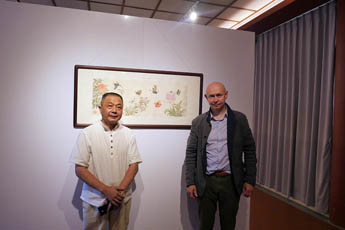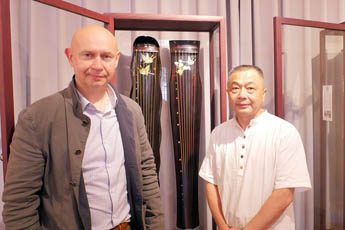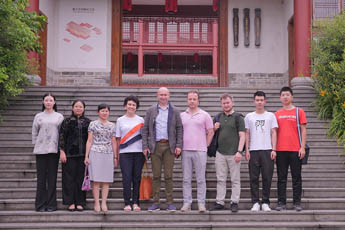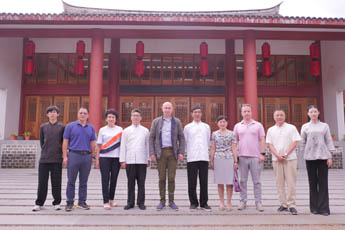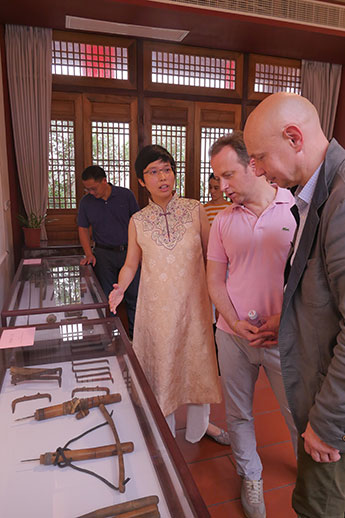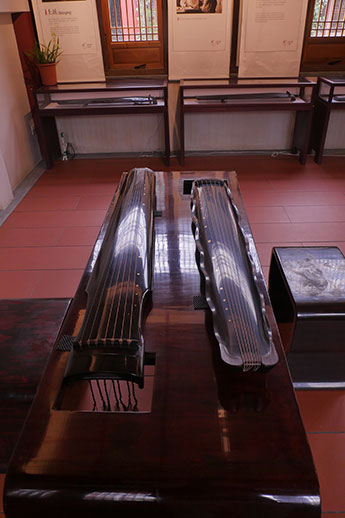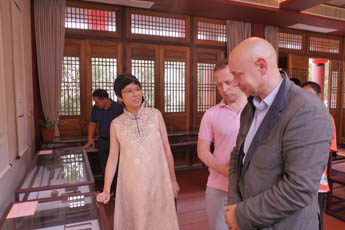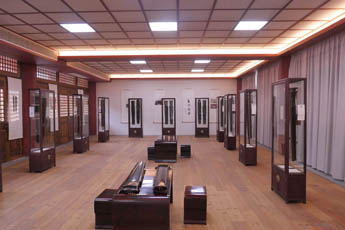Team of Contemporary Museum of Calligraphy visited guqin factory on July 10, 2019
A factory that produces the Chinese folk instrument is located in Fujian province in the picturesque village of Zhengzhou, which finds itself in the suburbs of Xiamen resort city on the South China Sea coast. The facility, a unique park inspired by the Chinese traditional architecture, includes a music hall and a training room, production workshops, exhibit halls, a canteen, guesthouses, and an office building. The founder and the mind behind the factory is Mr. Xie Jiandong, who has been engaged in his favourite occupation – making guqins, that is – for over 20 years. It stands to mention that all instruments are hand made, and the owner and manager takes part in the process of making each one, thus complementing them with a fragment of his heart.
While the process of making a guqin takes around seven years, the factory produces approximately 700 guqins every year. At the meeting with Alexey Shaburov Mr. Xie spoke in details about the first steps in creating this unique endeavour, and current activities to develop and maintain it. Shaburov in his turn spoke about the coming Great Chinese Calligraphy and Painting exhibition, due on September 20-22, which is designed to celebrate the 70th anniversary of establishing diplomatic ties between China and Russia. He invited Mr. Xie to take part in the opening ceremony as a guest of honour, which he kindly accepted.
We thank the Embassy of China in Moscow, and personally the Second Secretary of the Embassy, Mrs. Wang Rui, and the Manager of the Fujian Province Exhibition Company, Mr. Huang, for their cooperation in organizing the factory visit.
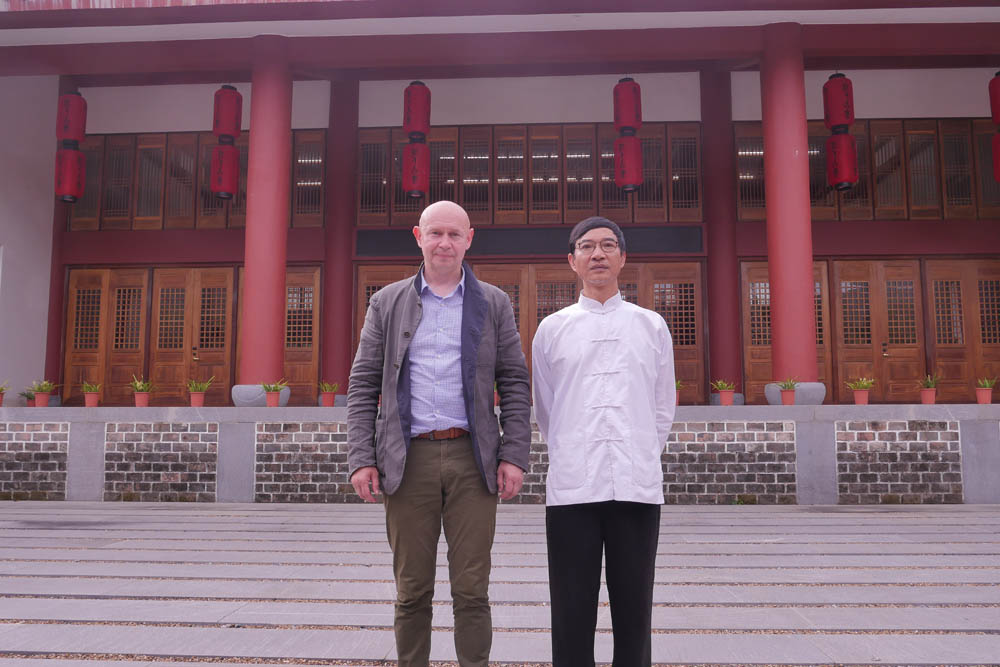 The Director of Contemporary museum of calligraphy Alexey Shaburov and the factory founder Mr Xie Jiandong
The Director of Contemporary museum of calligraphy Alexey Shaburov and the factory founder Mr Xie Jiandong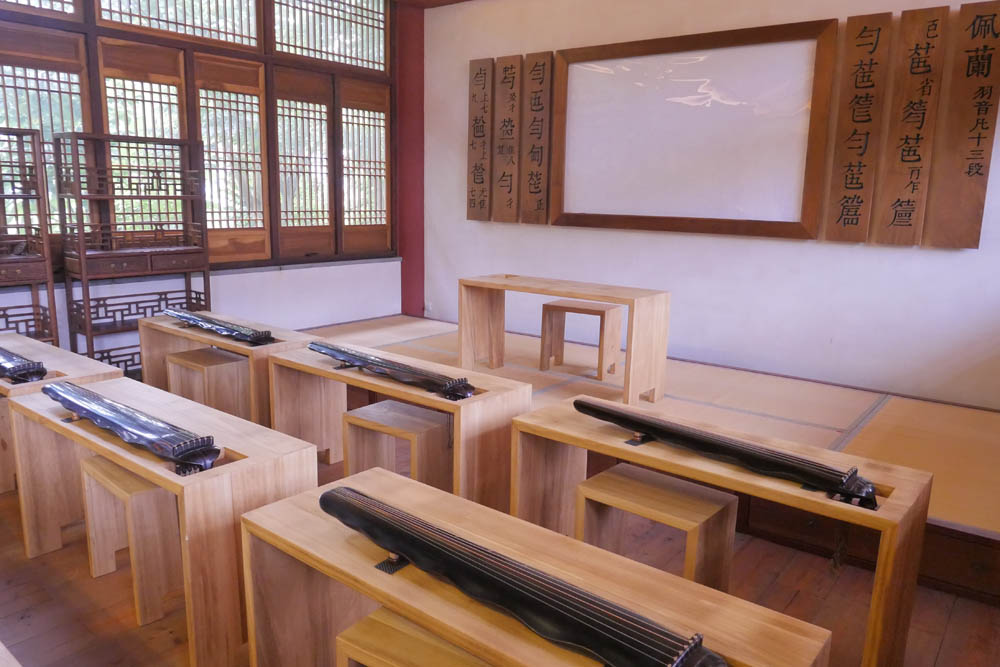 Class
ClassFor the largest part ill handwriting in the world is caused by hurry.
(Lewis Carroll)
